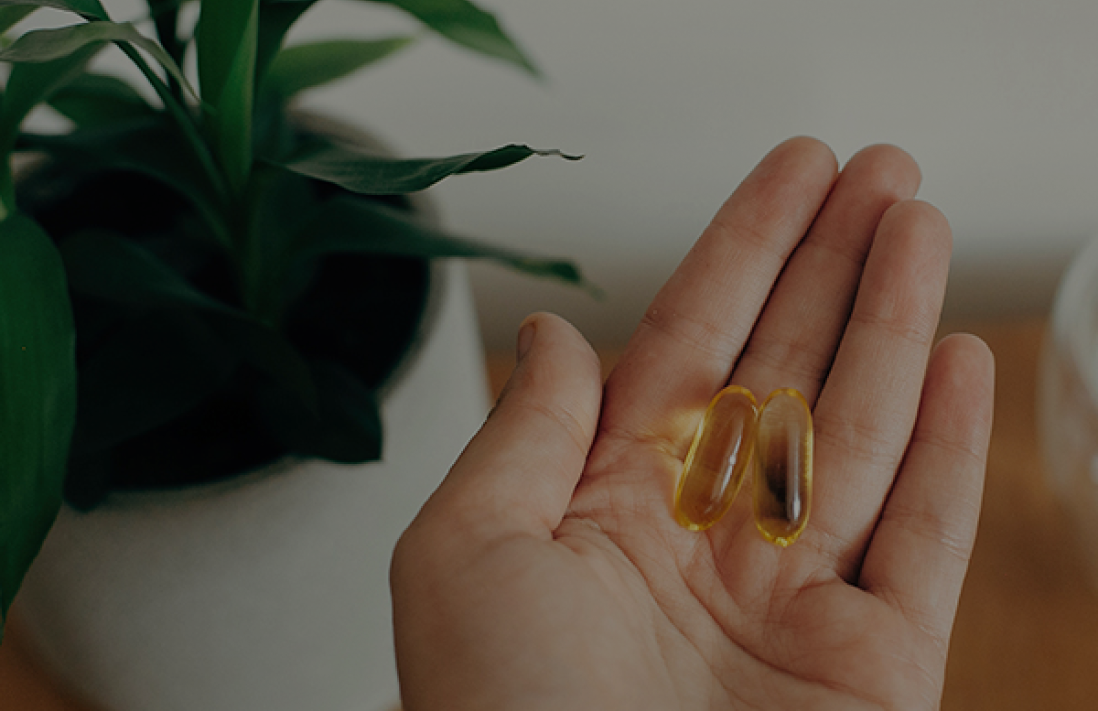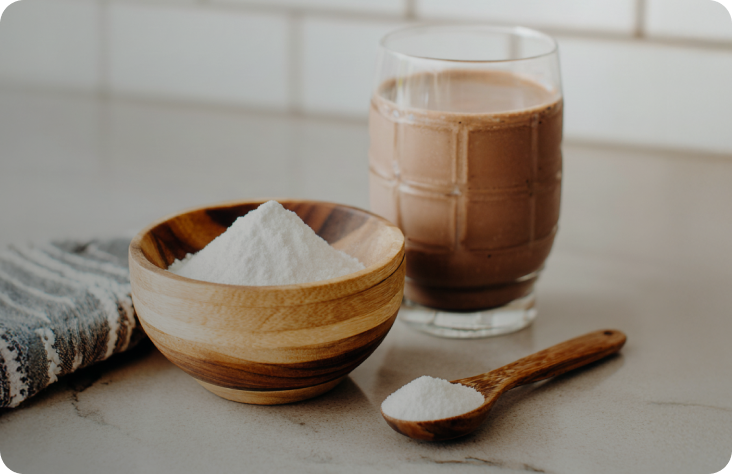

02 Oct '25
Breast Cancer Awareness 101
By: Wellness Warehouse
Knowledge is Power
October is internationally recognised as Breast Cancer Awareness Month — a time to honour those affected by the disease, raise awareness, and empower ourselves with the knowledge that can help save lives.
In South Africa, breast cancer is the most common cancer among women, with the National Cancer Registry reporting that 1 in every 27 women is at risk of being diagnosed in her lifetime.
These numbers can feel overwhelming, but they don’t have to lead to fear. Instead, they should motivate us to be proactive about our breast health and spread awareness in our communities.
While no one is immune, certain factors can increase risk
*Being over the age of 40
*Family history of breast or ovarian cancer
*Genetic mutations (like BRCA1 and BRCA2)
*Early menstruation (before age 12) or late menopause (after 55)
*Hormone replacement therapy
*Lifestyle factors such as smoking, excessive alcohol consumption, obesity, and lack of physical activity
-
Look in the mirror
Stand with your shoulders straight and your arms on your hips. Look for changes in the size, shape, or symmetry of your breasts. Check for any visible distortions, swelling, or dimpling of the skin.
-
Raise your arms
Lift your arms overhead and look for the same changes.
-
Check for Fluid
Gently squeeze each nipple to see if any discharge comes out — this could be watery, milky, or even bloody.
-
Feel while lying down
Lie flat on your back, as this spreads the breast tissue more evenly. Use your right hand to examine your left breast and vice versa. With your fingers flat and together, move them in small, circular motions over the entire breast — from the collarbone to the top of your abdomen, and from the armpit to the cleavage.
-
Feel while standing or sitting
Many women find it easiest to feel their breasts in the shower. Use the same hand movements to cover the entire breast and armpit area.
Prevention Is Possible
*Maintain a healthy weight
*Exercise regularly
*Eat a balanced, nutritious diet rich in fruits and vegetables
*Limit alcohol consumption
*Avoid smoking
*Perform regular self-exams and schedule routine clinical breast exams and mammograms as advised by your doctor
- What to Do If You Find Something
Discovering a lump or any change can be frightening, but remember: not all lumps are cancerous. Hormonal changes, cysts, and benign growths are common too. However, you should never ignore anything unusual. If you detect a lump, nipple discharge, skin puckering, or any change in shape or size, make an appointment with your healthcare provider right away. They may recommend further tests, like a mammogram or ultrasound, to determine the cause.
- What to Do If You Find Something
Discovering a lump or any change can be frightening, but remember: not all lumps are cancerous. Hormonal changes, cysts, and benign growths are common too. However, you should never ignore anything unusual. If you detect a lump, nipple discharge, skin puckering, or any change in shape or size, make an appointment with your healthcare provider right away. They may recommend further tests, like a mammogram or ultrasound, to determine the cause.
- Don’t Let Fear Hold You Back
Breast cancer doesn’t discriminate, but awareness can help protect you. Make self-checks a monthly habit — the best time is a few days after your period ends when your breasts are least likely to be swollen or tender. Encourage the women in your life to do the same. If you’re over 40, or younger but have risk factors, speak to your doctor about regular mammograms.
Knowledge truly is power. By understanding your risk factors, making healthy lifestyle choices, and staying vigilant with self-checks and screenings, you’re taking strong steps towards prevention and early detection. This October, wear your pink ribbon proudly — and remember, you’re not alone. Let’s stand together for awareness, education, and hope.








